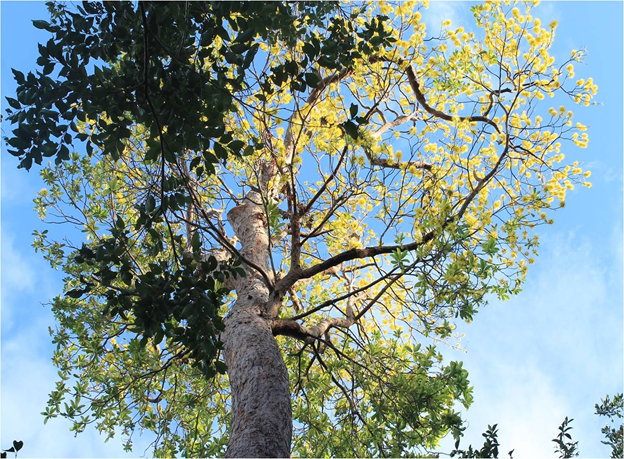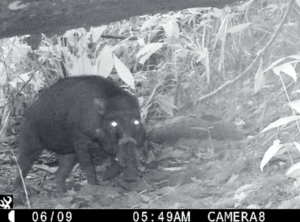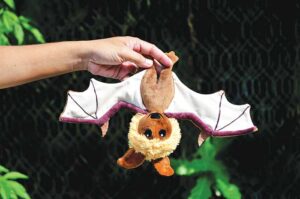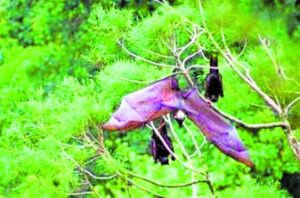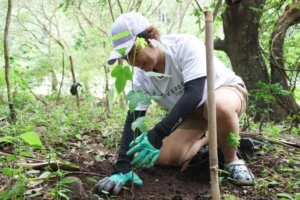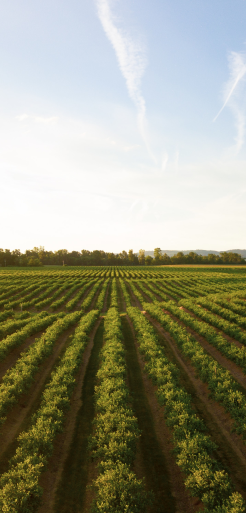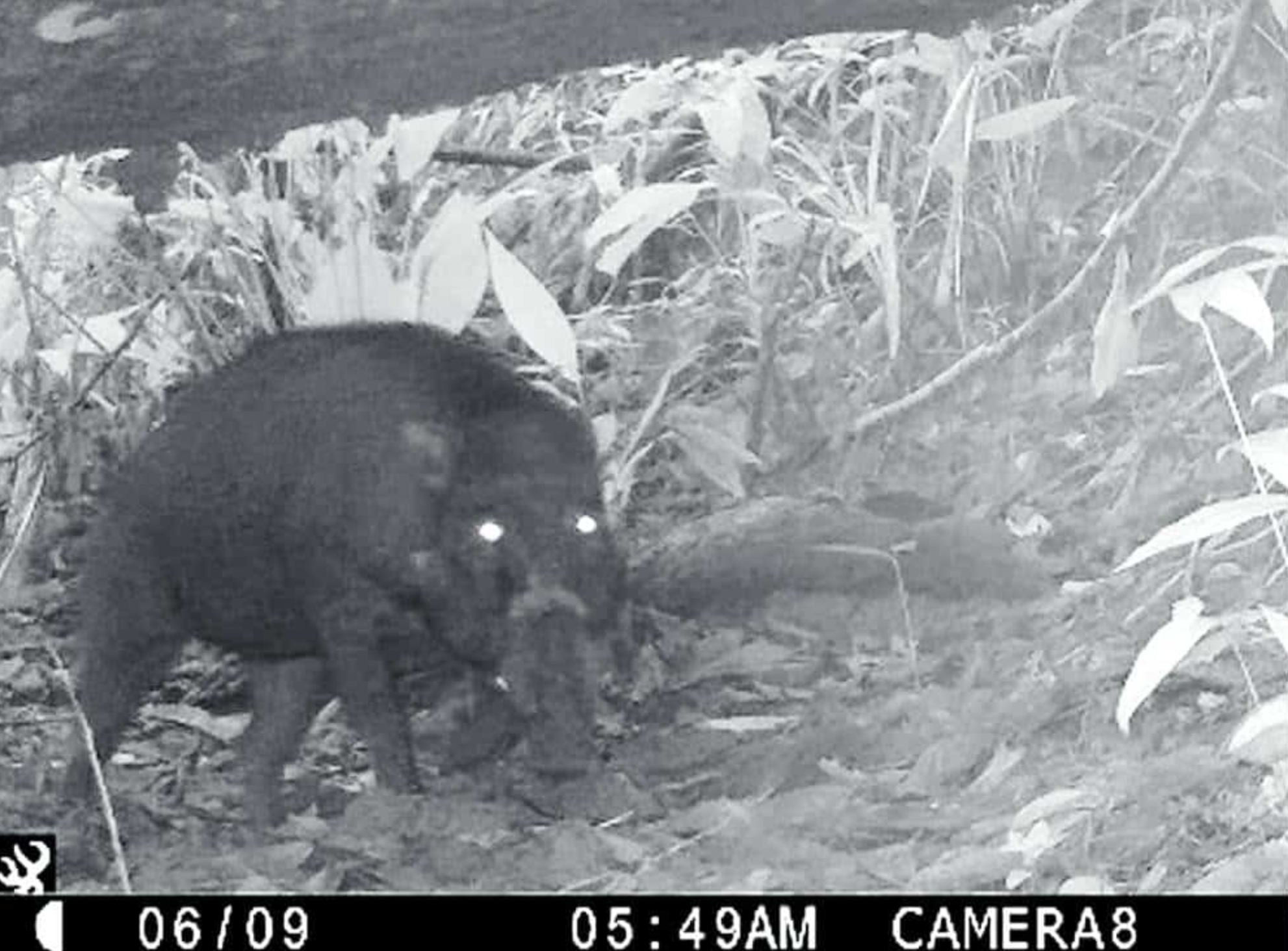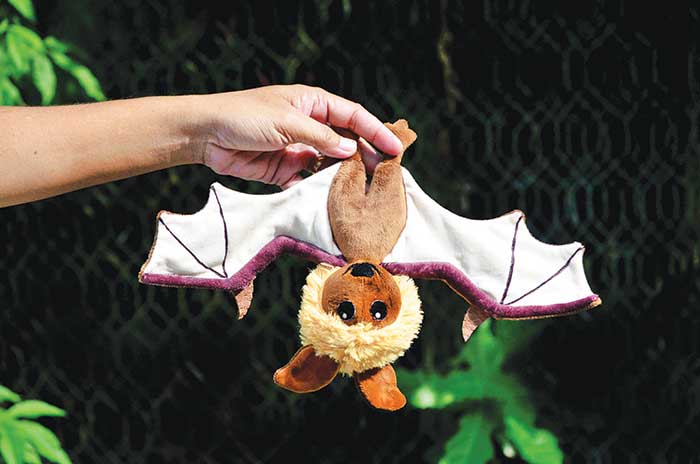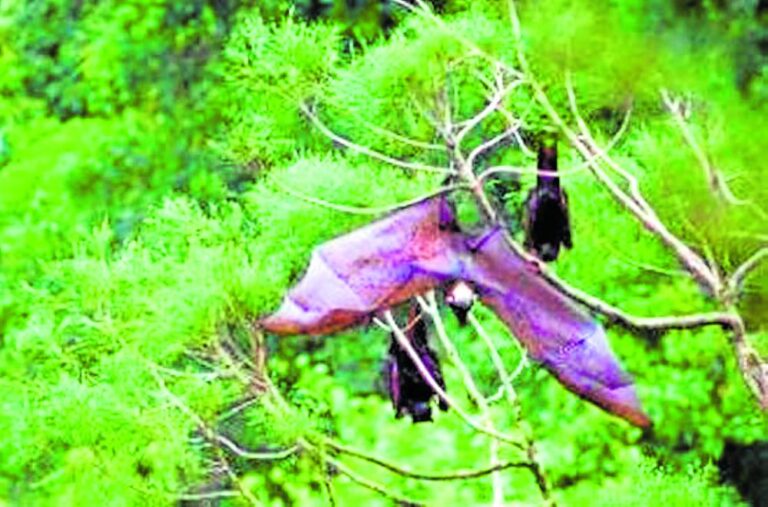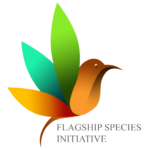Tall with beautiful and bold yellow flowers, the Bagoadlau (Xanthostemon philippinensis) is a sight to behold. Found in the forests of Aurora, Camarines Sur, Samar, and Surigao del Sur, it is the hardest and densest of ironwoods, best used for construction. It is also one of the many tree species endemic to the Philippines.
Unfortunately, rampant logging activities have reduced the Philippines’ once lush forest cover, threatening the species of bagoadlau and other native tree species. As the country began to industrialize, forests were cleared out for timber and for space to develop. To refresh these areas, the government and many private organizations have initiated different greening and other environmental programs.
However, many of these greening programs are done indiscriminately, planting popular and familiar tree species like Mahogany, Acacia, and Gmelina, which are all foreign and exotic. Unknown to many people, these exotic tree species do more harm to the environment than good. The exotic species invade the biodiversity of our forests and disrupt its balance. This struck uncertainty whether our future generations will still be able to see the beautiful yellow flowers of the Bagoadlau.
Thankfully, there was still hope in saving our forests. In 2008, the Energy Development Corporation (EDC), the largest vertically-integrated geothermal producer of the country, launched its BINHI program, a species conservation program that focuses on native tree species. A total of 96 threatened native tree species have been prioritized for this search and rescue program as their numbers have been dwindling, with some even believed to be extinct, making the program a pioneer in corporate-led reforestation programs in the country. Many of these identified species can only be found in the Philippines like Malinoag, Philippine teak, Batikuling, Yakal-yamban and the five endemic iron wood species – the Mangkono, Mapilig, Bagoadlau, Sierra Madre Mangkono, and Palawan Mangkono.
The EDC BINHI team’s arduous search throughout most of the Philippines came into fruition as the 96 identified threatened species were all successfully found in our country’s forests.
Going beyond rescue
The BINHI team did not stop there. Just rescuing these tree species was not enough; the next challenge they faced was to multiply and propagate these species.
To achieve this, EDC has continuously forested the watersheds within its geothermal reservations. Moreover, the BINHI team now has over 150 different partners from different academic and non-governmental organizations, all of which dedicate a specific area for planting of these tree species. The BINHI team, then, provides technical support and expertise related to the care of these trees, allowing for their healthy growth. These strategies ensure that more native tree species will be planted in many other areas beyond watersheds within EDC geothermal site.
Moreover, to further achieve the goal of propagating these species, EDC entered a partnership with the Department of Environment and Natural Resources’ (DENR) Biodiversity Management Bureau in 2016 under its Adopt a Wildlife Species Program, where selected threatened native trees under the BINHI program will have their ecological statuses updated, as a proof of their successful propagation. This is also in support of the government’s reforestation efforts. Under the partnership, 35 threatened species are targeted for upgrading within three years.
Entering the partnership has allowed EDC to contribute to the national biodiversity conservation program, focusing on the updating of the Philippine red list of threatened tree species, the protection of the identified trees in surveyed areas, and the planting of these species to save them from extinction.
Intensive inventory and geo-tagging were done on the first 10 species for status updating from 2016 and 2017. The results of these activities have shown that, through the propagation efforts made by the BINHI program, these 10 species now have enough numbers to have their ecological statuses upgraded with the DENR. These 10 species for status upgrading are the Mapilig, Bagoadlau, Sierra Madre Mangkono, Palawan Mangkono, Mangkono, Samar Gisok, Dalingdingan, Malabayabas, Yakal-malibato, and Yakal-kaliot, most of which are known for their strong and durable wood.
Scientific breakthroughs
Currently, the BINHI program is still the only corporate-led greening program that focuses on the rescue and propagation of threatened native trees, so the results of the inventory and geo-tagging are considered new and pioneering to the scientific community.
Hence, the results will be submitted not just to the DENR for the updating of their ecological statuses, but also to different scientific journals, as contribution to the scientific community.
With the success of updating the first ten species, 25 more species are still in the process of undergoing inventory and geo-tagging, with the next 10 species slated for upgrading this 2018, and the last 15 species in 2019.
The BINHI (Filipino for seedling) program lived up to its name. It has planted and spread seedlings to grow for the future generation. This success means our future generations will still be able to see the striking and beautiful flowers of the Bagoadlau and other native tree species.

Tall and adorned with bright yellow flowers, the bagoadlau is the hardest and densest of all Philippine ironwood trees. It is also one of the ten (10) threatened native tree species for updating of ecological status with the Department of Environment and Natural Resources in 2017, after the successful inventory and geo-tagging of these species. These native tree species were propagated under the Energy Development Corporation’s (EDC) BINHI project, which focuses on native tree species rescue, preservation, and propagation.

The bagoadlau distinguishes itself from other Philippine ironwood trees through its stunning flowers, which exhibit a vibrant yellow color and stamens that resemble the rays of the sun.


